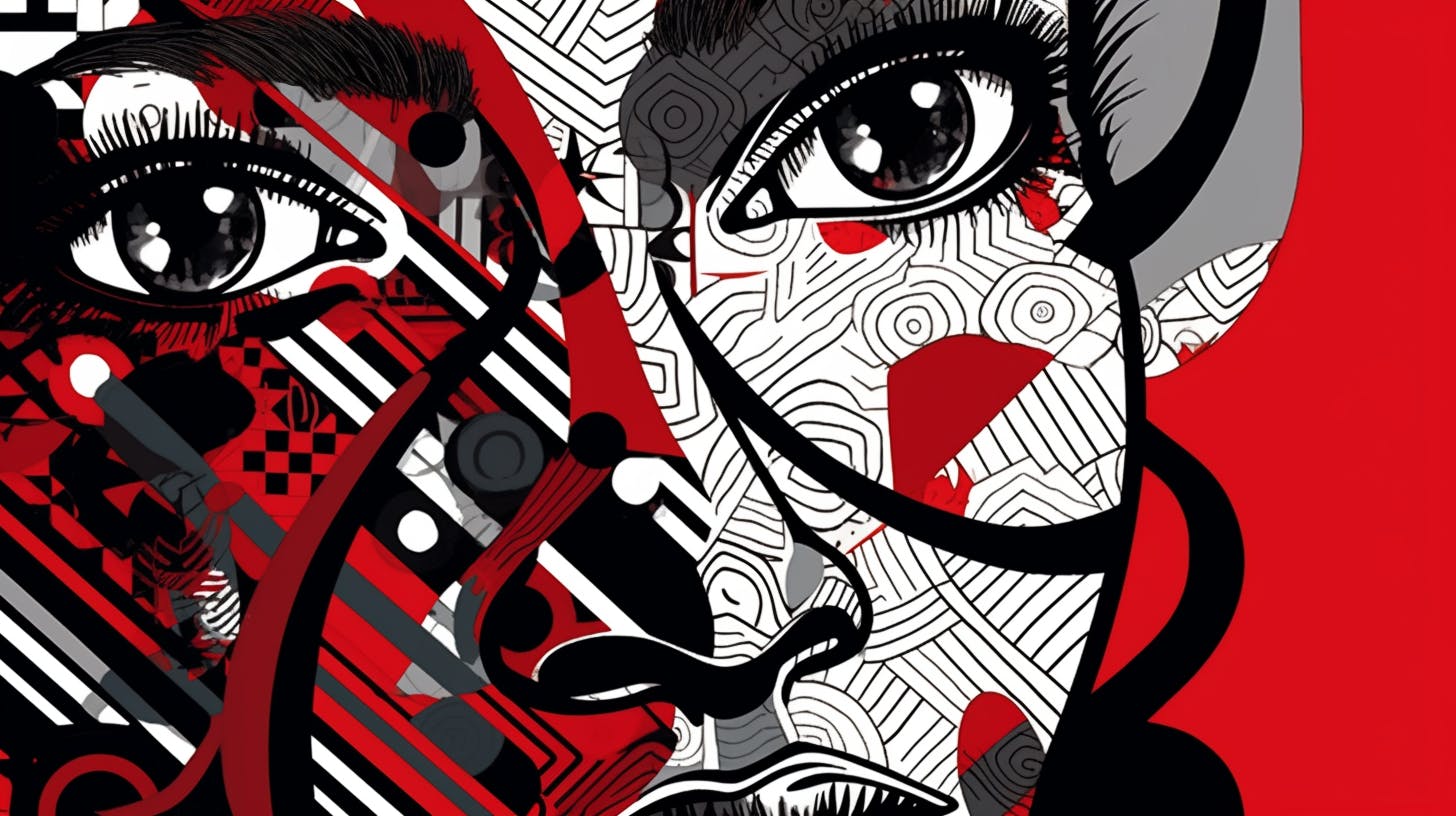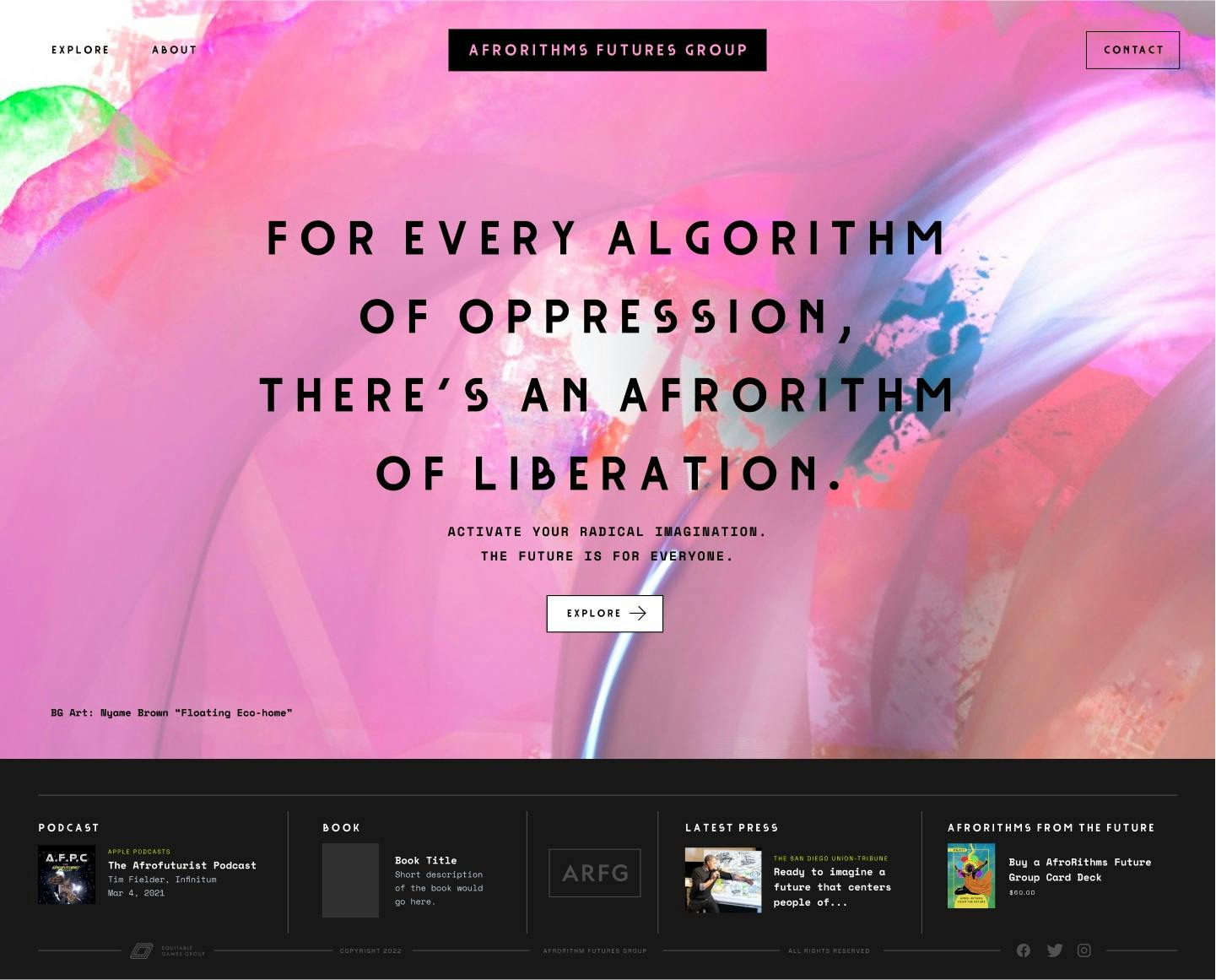It’s been proven over and over again that a solid brand identity can help drive business results. From boosting sales performance and customer loyalty to fostering trust with buyers, a powerful brand helps people form a positive picture of your company.
Today, as more and more brands are introduced to the marketplace, competition becomes tougher, and it’s increasingly difficult to stand out from the crowd.
Beyond improving brand awareness, or a customer’s ability to recall what you offer, creating sound brand recognition – of your specific logo, color palate, slogan, or other markers – helps strengthen a customer’s connection with your particular business. Recognizing a distinct brand makes it easier for people to remember how they can depend on that company’s people, products, and reputation.
In the never-ending battle for customer attention, marketers need to turn brand awareness into brand recognition, or they risk falling behind their rivals.
That’s easier said than done, but there are proven steps that marketers like you can take to do this, and form meaningful connections with your customers. Here’s a quick guide for how to get started.
Brand Awareness vs. Brand Recognition: What’s The Difference?
First, let’s make sure we’re on the same page when we’re referring to the terms “brand awareness” and “brand recognition.” The differences are subtle, but understanding them will help connect the dots with your own brand development.
Some marketers use these terms differently, while others find their use interchangeable,, and that’s totally fine. Everyone has their own way of thinking about branding. That said, for the purposes of this article, we’re defining brand awareness as a potential customer’s more general consciousness about your products and services: The idea that because of your efforts with content, social media, advertising, and more, potential buyers know your brand exists, and they have a fairly strong notion of what you offer.
As for brand recognition, this refers to when a customer can not only recall the name of your company and what they can buy from you, but also actively form associations with your brand based on certain cues, even without hearing your name. These cues can be visual, such as a logo or general design or packaging, and they can also be auditory, such as a spoken tagline or jingle.
Separating the way you think about brand awareness and brand recognition reinforces the reality that brand recognition comes after brand awareness. After building a foundation across different properties and platforms, you can expect more customers to start forming stronger associations with your brand.
Think of these concepts in terms of your relationships with people. You need to know that someone exists before you “recognize” them, and definitely before you form opinions about them. And until you’re familiar with a person, you won’t be able to recall many details about their life.
As a good example of brand recognition, consider Meow Mix’s jingle. If you’re watching TV and get up from the couch during a commercial break, you might hear the famous “meow meow meow meow” tune while you’re getting a snack from the kitchen. You wouldn’t need to see images of hungry cats on the screen to know what was playing: an ad not just for cat food, but specifically for Meow Mix cat food.
How to Turn Brand Awareness Into Brand Recognition
Now comes the fun part: Turning your customers’ hard-earned attention into enduring brand recognition that you can depend on. Here’s how to get customers who have a need in your category to think of your brand first.
Step 1: Use consistency as your bedrock
Continuing with the Meow Mix example, the company initially released its iconic tune in 1974 as part of its launch. By consistently using it in its marketing and advertising campaigns for decades, along with a similar logo that was carefully updated throughout the years, it helped drive classic brand recognition.
Blending visual and auditory cues such as these, and pairing them consistently and in conjunction with other branding elements, creates familiarity and distinction, which helps customers remember what it feels like to interact with your specific brand. This way, when your marketing messages reach buyers along their purchasing journeys, they’ve already formed a (hopefully) positive impression of your brand’s quality, reliability, values, and more.
Step 2: Build a community
On top of being consistent, Meow Mix decided to remix its classic tune in 2019, which led to new metal, country, R&B versions, among others. The remix campaign involved inviting customers to DJ booths in New York to make their own remixes and share their creations on social media. The brand’s parent company also donated a large number of meals to the Food Bank for NYC, meant to help draw the connection for customers between cats and people bonding over food.
This type of consistency, paired with a fresh perspective and community involvement, helps brands not only generate awareness and recognition among new audiences (in Meow Mix’s case, perhaps a new generation of buyers), but also create strong and constructive emotional connections with customers. Not every brand needs to reach customers in person: Building a community online can go just as far.
Step 3: Follow through on your promises
All of your hard work can be thrown out the window if customers buy from your brand and aren’t satisfied with what they get. Whether you promise outstanding quality, speed of delivery, customer service, or anything else, make sure to prioritize actually delivering on what you sell to your customers. If they’re satisfied, they’ll share their experience, and your brand recognition will build on itself. If they’re not, it works the other way around. Additionally, these promises are what help customers differentiate your brand from others, which leads to deeper recognition.
“Bad Press is Still Good Press”: Debunking The “One Size Fits All” Myth
One last thought: On your journey to build strong brand awareness and brand recognition, you might think of the old saying, “all publicity is good publicity.” Everyone has their opinion on this, and there’s no blanket answer to whether this mentality makes sense or not: every situation should be examined individually. But especially for established brands, sales numbers, reputations, and more can suffer tremendously as a result of bad press.
Two classic examples of this are the BP oil spill and the “Blackfish” documentary that exposed Seaworld’s treatment of Orca whales. Both of these companies spent millions of dollars on PR campaigns to rebuild their images after these disasters, not to mention the other financial hits they took.
Now, if an emerging brand’s goal is truly just to generate raw brand awareness, some people might argue that “bad publicity” could help them do that. Still, in most cases, this is short-sighted thinking. If you and your customers care about your brand image, you’ll want to avoid PR pitfalls, especially so the careful planning you do around building brand awareness and recognition isn’t all for nothing.
Overwhelmed? Get Help Where You Need It
While brand awareness is important, it’s brand recognition that really sets businesses apart from their competitors. Strong brand recognition builds an emotional connection with customers, helping them differentiate you from your competitors. Consistency is key to building recognition, along with committing to community involvement and delivering on your promises. With these steps, businesses can turn their customers’ attention into valuable brand recognition that lasts for years.
Building recognition is hard work, from creating messaging and creative to engaging with customers across platforms. You don’t have to do it alone. To learn more about how Laetro can help you turn your brand awareness into real brand recognition, reach out to our team to set up a call and learn more about our community of the world’s finest creatives.



